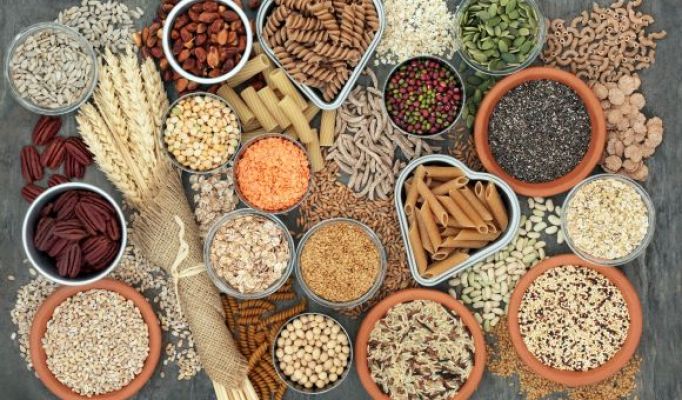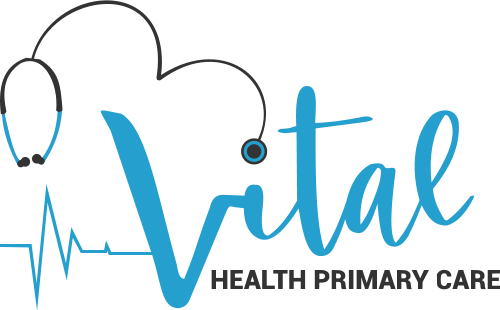Heart disease is the leading cause of death in the United States. It’s also expensive to treat, which means that following a heart-healthy diet on a budget can save you money and help you live longer. The key is to find cheap healthy foods that you like, or even love! Here’s a list of foods that might be new to you and would be good for your heart:
Whole grains
Whole grains are a great way to get more fiber, minerals, and vitamins into your diet. Whole wheat pasta and brown rice are examples of whole grains that can be found at most grocery stores. Many people like the taste of whole grain bread and pasta; however if you don’t like them there are many other options available such as tortillas made from 100% corn or pita bread made from white flour or whole wheat flour (both high in fiber).
For those who want to save money on their grocery bill but still eat healthy meals consider purchasing items in bulk such as oats (even though they aren’t technically considered a “grain”), nuts/seeds (almonds), beans (pinto), lentils, etc.

Beans and lentils
Beans and lentils are high in protein, and fiber and low in fat. They’re also inexpensive and easy to cook.
There are many different types of beans and lentils available at your local grocery store. Some examples include black beans, kidney beans (also called red kidneys), pinto beans, navy or cannellini beans; split peas or lentils (great for soups). You can buy them dried or canned–it’s up to you!
Potatoes
Potatoes are a good source of potassium, fiber, vitamin C, and B6. They also contain small amounts of vitamin B1. Potatoes can be enjoyed in a variety of ways: mashed with butter; baked in the oven with olive oil and garlic; chopped up into homemade french fries; or boiled and served alongside a salad as an alternative to pasta or rice.
Frozen vegetables
Frozen vegetables are a great substitute for fresh because they are often cheaper, last longer and do not require refrigeration. Frozen vegetables can be used in a variety of recipes, including soups and stews or just added to your favorite dish as an extra source of nutrients.
Low-sodium canned tomatoes
Tomatoes are an excellent source of vitamins A and C, as well as potassium, which helps lower blood pressure. Look for low-sodium varieties when you’re shopping for canned tomatoes so that you can use them in soups and chili without adding extra salt. Check the label carefully to make sure there aren’t any added ingredients such as sugar or salt; these things may increase your risk of heart disease if consumed regularly over time.
Frozen fish
Frozen fish is a good source of omega-3 fatty acids. Omega-3s are helpful in lowering inflammation, which can help prevent heart disease and stroke. In addition to being high in protein and other nutrients, frozen fish tends to be less expensive than fresh fish. For example, one study found that fresh tuna steaks cost about $8 per pound while frozen tuna steaks cost about half that price at $4 per pound (1). Frozen salmon fillets are also much less expensive than fresh salmon fillets: for example, the average price for a 5 oz serving of cooked wild Alaskan Sockeye Salmon costs $5.50 compared with $8 for 8 oz cooked Sockeye from Washington State (2).
Canned tuna
Canned tuna is a great source of omega-3 fatty acids, which can help reduce the risk of heart disease and stroke. Tuna also contains protein, which helps your body build and maintain muscles.
You should choose canned light tuna over canned albacore tuna because light tuna has less mercury than albacore does. This is important because high levels of mercury in the bloodstream may increase your risk for developing cardiovascular disease or having a heart attack or stroke.
Canned tuna is convenient and easy to store–just keep it on hand for quick meals!
Yogurt
Yogurt is a good source of calcium and vitamin D, two nutrients that can help prevent osteoporosis. Yogurt also contains protein, which helps you feel full and energized throughout the day.
You can use yogurt as an alternative to sour cream when making recipes like baked potatoes or burritos, or you could use it as a salad dressing by combining plain Greek yogurt with olive oil and spices such as dill or oregano (or both!). Yogurt makes for an excellent dessert when paired with fresh fruit or honey–it’s delicious!
Nuts and nut butter
Nuts are a great source of protein, fiber, and vitamin E. They also contain magnesium and monounsaturated fat. Nuts are also a good source of omega-3 fatty acids, which can help lower blood pressure and cholesterol levels.
- Almonds
- Cashews
- Peanuts (technically not a nut)
You can eat healthy food on a budget.
You can eat healthy food on a budget.
You just need to focus on buying whole grains and beans, frozen vegetables, canned fish and tuna, yogurt and nuts.
Conclusion
So there you have it–a list of some of the heart-healthiest foods on a budget. Eating healthy doesn’t have to be expensive or time-consuming, and with these tips and recipes, you can make sure your family eats well!



